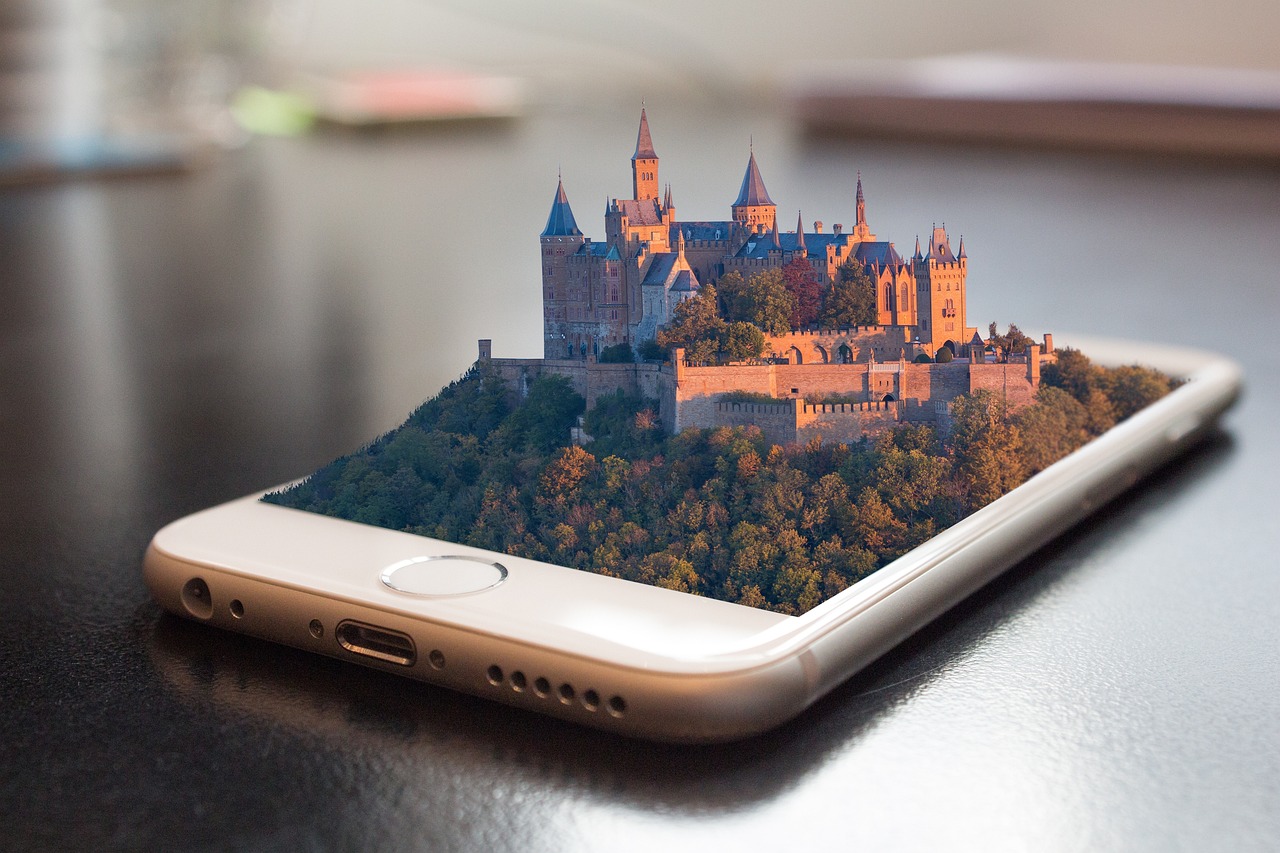Sure, there have been some challenges in the past. But there are signs that Augmented Reality (AR) could make a comeback. In fact, many believe it will do exactly that as more development energy is cast its way.
Let’s explore how and why AR will make a comeback.
In getting started, we can’t ignore the hype machine that was AR in 2015. The launch of specific games made it seem as though AR was on a rocket ship’s trajectory. As the crypto bros might have said, AR was mooning.
But oddly, the hype halted. And it never truly gained back it’s momentum.
What Happened to AR?
They hop for AR diminished due to several factors, some more obvious than others.
Not Enough Content
Aside from a few big titles such as Pokemon GO, there weren’t many big AR games that captured gamer attention. Without big titles supporting AR, there weren’t many reasons to buy the headsets, which compounded the issue of less people wanting to play. Consumers simply weren’t interested in AR tech because there weren’t enough games supporting it. But there weren’t enough games because there weren’t enough interested consumers. Do you see where this conundrum is heading?
Tech Limitations
Early AR tech struggled to integrate digital elements into the real world. Limited field of view and low grade graphics heavily reduced the immersive vibes people sought. AR tech was simply immature for its time. Remember, gaming graphics back in 2015 were powerful. No one was giving AR a pass just because it was the new tech on the block.
It Was Overhyped
The hype for AR was massive. Expectations followed suit. But the tech didn’t deliver. And when you don’t deliver, consumer interest wanes rather quickly.
User Experience Oddities
Using AR while walking through grocery aisles or sitting in a Jiffy Lube lobby didn’t make as much sense as some might have considered at first. It was straight up awkward. So this led consumers to realize that AR had limited space to play in.
VR Was Crushing
While AR was underwhelming, Virtual Reality (VR) was running hot and living up to all its hype. VR completely overshadowed AR.
Technological Advancements Fueling AR’s Potential
There are various areas where AR progress is currently being made. These advancements will be key in overcoming past failures.
Enhanced Hardware
Modern smartphones and AR devices are now equipped with more powerful processing which allows them to handle more complex AR tasks. This can mean rendering real-time heavy, vibrant graphics and dealing in spatial awareness.
Advanced sensors and cameras will contribute to higher quality and more robust capabilities. This means better allowance for tracking physical environments and overlaying content.
Wearables like AR glasses have progressed immensely, including with Apple’s latest AR glasses.
Software Developments
Platforms like ARKit (Apple) and ARCore (Google) have evolved, offering developers robust tools to create AR experiences. These platforms provide features like motion tracking, environmental understanding, and light estimation, making it easier to develop high-quality AR applications.
Cloud Computing and Connectivity
The rise of 5G connectivity is certain to vastly improve AR. Higher speeds and lower latency are the key to AR and 5G is bringing that in spades.
Leveraging cloud computing allows AR applications to offload heavy processing tasks to the cloud.
Artificial Intelligence
Advances in spatial computing allow AR to interpret the physical world. This includes not only 3D mapping, but Spatial Audio, which serves to enhance the realism and immersive like environments.
These technological advancements are collectively pushing the boundaries of what’s possible with AR.
AR Challenges
Although the future for AR appears bright, challenges certainly remain.
- Hardware Limitations: AR often requires advanced hardware, which can be costly and inaccessible.
- Battery Drain: AR applications can be demanding on device batteries, limiting playtime and convenience.
- User Interface Issues: Designing intuitive and user-friendly interfaces for AR is challenging, especially in dynamic real-world environments.
- Content Quality and Variety: There’s a need for more high-quality and diverse AR content to maintain user interest and engagement.
- Physical Space Constraints: Effective use of AR typically requires physical space, which can be limiting for users in confined areas.
- Health and Safety Concerns: Prolonged use of AR devices can lead to health issues like eye strain, and navigating real-world environments while engaged in AR poses safety risks.
- Privacy and Security: AR applications that interact with real-world environments raise concerns about data privacy and security.
- Public Perception and Awareness: Overcoming public misconceptions and building awareness about the capabilities and benefits of AR can be challenging.
- Development Complexity: Creating AR experiences involves complex development, including 3D modeling, real-world integration, and ensuring stable performance.
- Platform Fragmentation: A lack of standardization across AR platforms can hinder the development and compatibility of AR applications.
For AR, the future remains one of overcoming challenges, but improved technology, the advent of AR, and more consumer awareness are three reasons AR is likely to thrive in the future. And hey, Apple invested quite a bit of cash into the AR market, so they must know something.
